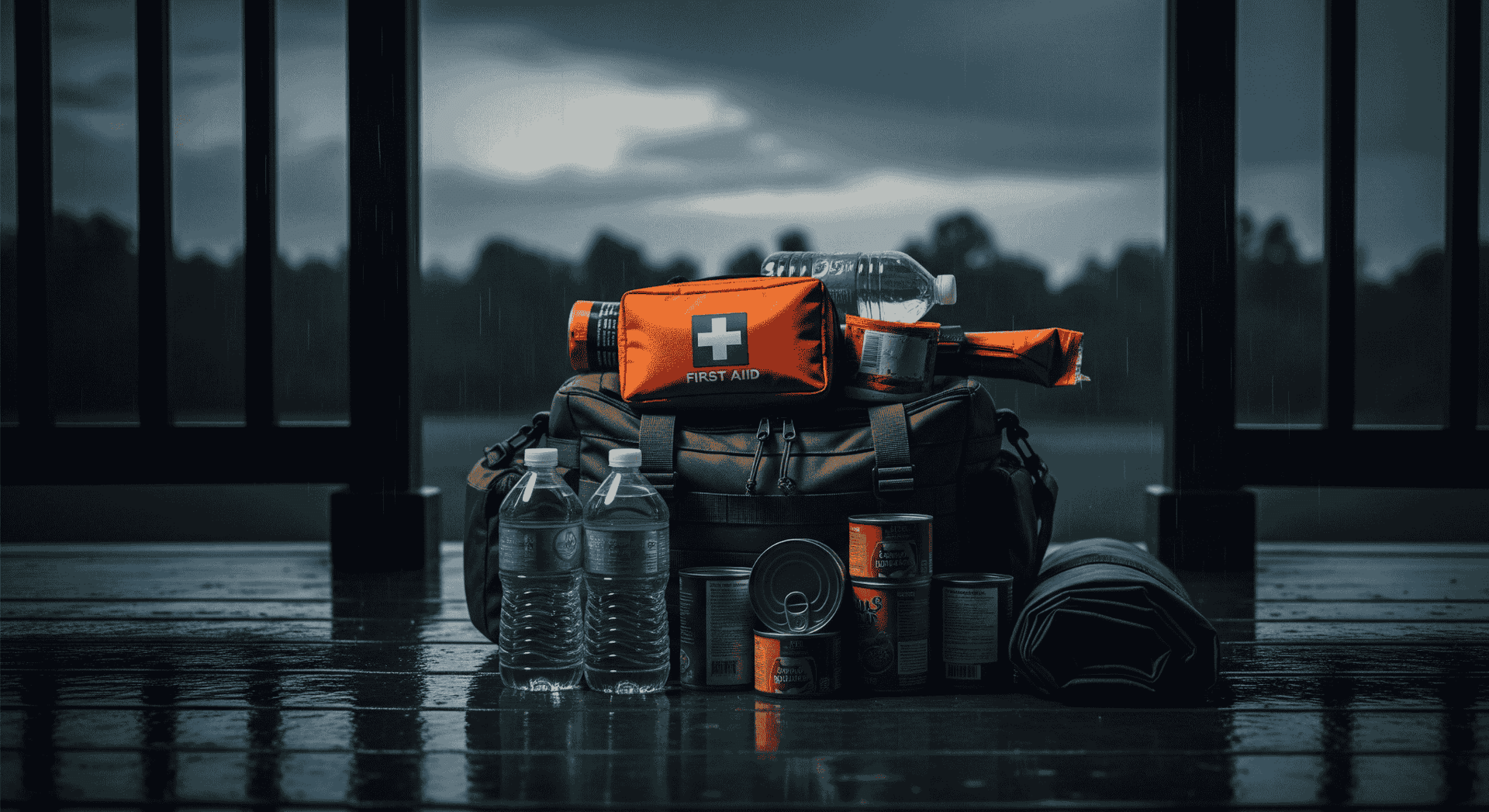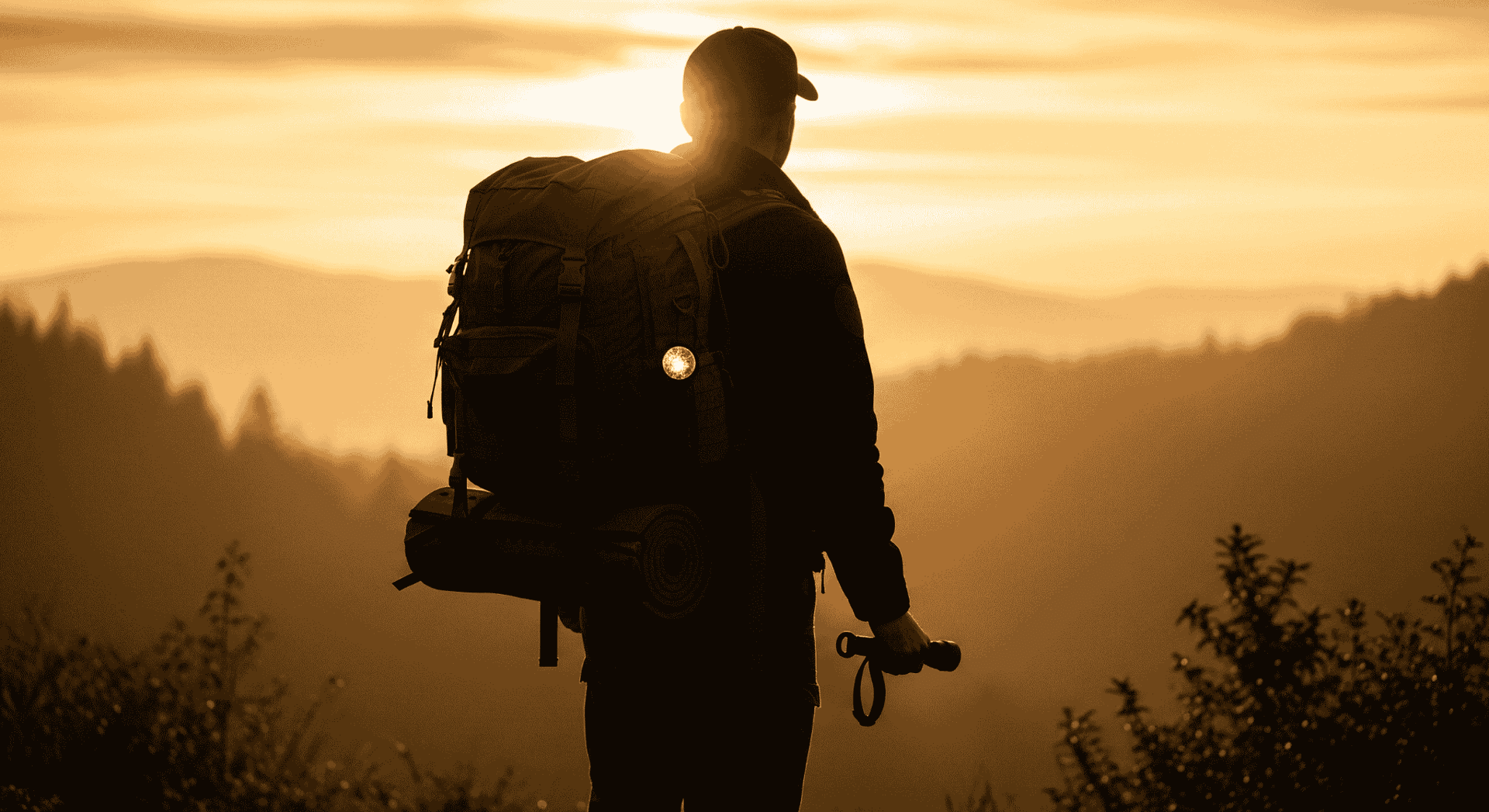Building Your 72-Hour Emergency Kit: A Step-by-Step Guide
Understanding the Importance of an Emergency Kit
Natural disasters and unexpected emergencies can occur with little warning, disrupting daily life and endangering safety. Building a 72-hour emergency kit is an essential step in preparing for these scenarios. Such a kit provides the necessary supplies to survive independently for at least three days, offering peace of mind and security during uncertain times.
It's crucial to tailor your emergency kit to your specific needs, taking into account the number of people in your household, any special medical requirements, and the type of emergencies most likely to occur in your area. By having a well-prepared kit, you ensure that you're ready to face challenges with resilience.

Essential Items for Your Emergency Kit
When assembling your emergency kit, focus on the basic needs of food, water, and shelter. Here’s a list of essential items every kit should include:
- Water: Store one gallon per person per day for at least three days for drinking and sanitation.
- Food: Pack non-perishable items like canned goods, protein bars, and dried fruits.
- Shelter: Include a tent or tarp, as well as sleeping bags or warm blankets.
In addition to these basics, consider adding personal items such as prescription medications, glasses, and hygiene products. Remember that every family member, including pets, should have their needs addressed in the emergency kit.

Tools and Equipment
Having the right tools and equipment can make a significant difference during an emergency. Consider including the following in your kit:
- A battery-powered or hand-crank radio to stay informed about updates.
- A flashlight with extra batteries.
- A multi-tool or basic toolkit for repairs.
These items will help you navigate through power outages or other disruptions with greater ease and efficiency.

Additional Safety and Comfort Items
While food, water, and shelter are the core components of an emergency kit, including additional items can enhance safety and comfort. Consider packing:
- A first aid kit with basic supplies like bandages, antiseptic wipes, and pain relievers.
- Local maps and a whistle to signal for help if necessary.
- Personal documents such as identification cards, insurance policies, and emergency contact information stored in a waterproof container.
These additional items can provide vital support during a crisis, helping you manage minor injuries and navigate challenges more effectively.
Regular Maintenance of Your Kit
Once your emergency kit is assembled, it’s important to maintain it regularly. Check expiration dates on food and medications every six months and replace supplies as needed. Ensure that batteries are functional and that all equipment is in working order.
Keeping your kit updated ensures that it remains ready to use at any time. This proactive approach can make all the difference when an unexpected situation arises.
Final Thoughts on Preparedness
Building a 72-hour emergency kit is a practical step toward protecting yourself and your loved ones in times of crisis. By thoughtfully assembling essential supplies and maintaining your kit regularly, you can face emergencies with confidence and preparedness.
Remember, while we cannot predict when an emergency will occur, we can certainly prepare for it. Start building your emergency kit today and ensure that you're ready for whatever may come your way.

